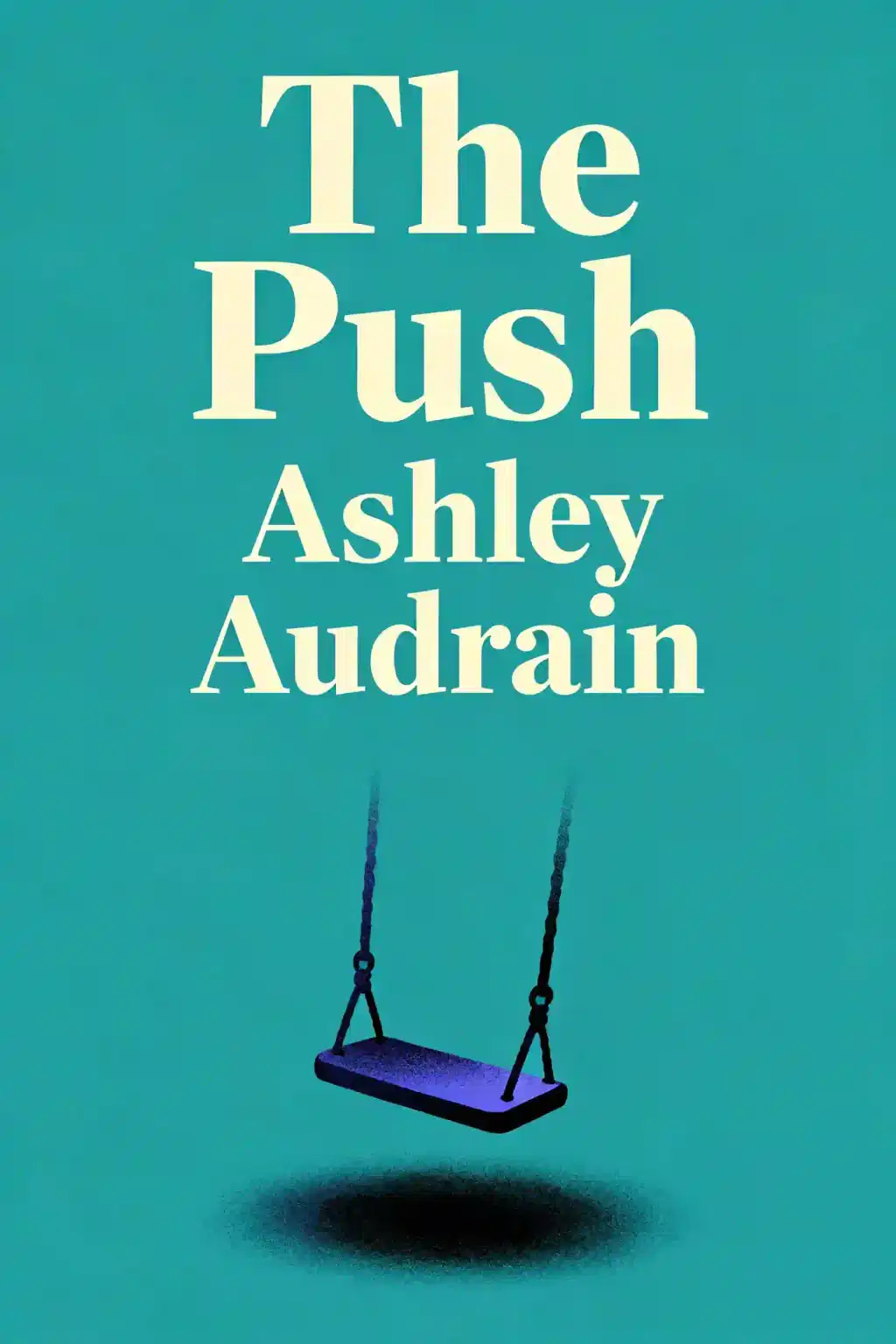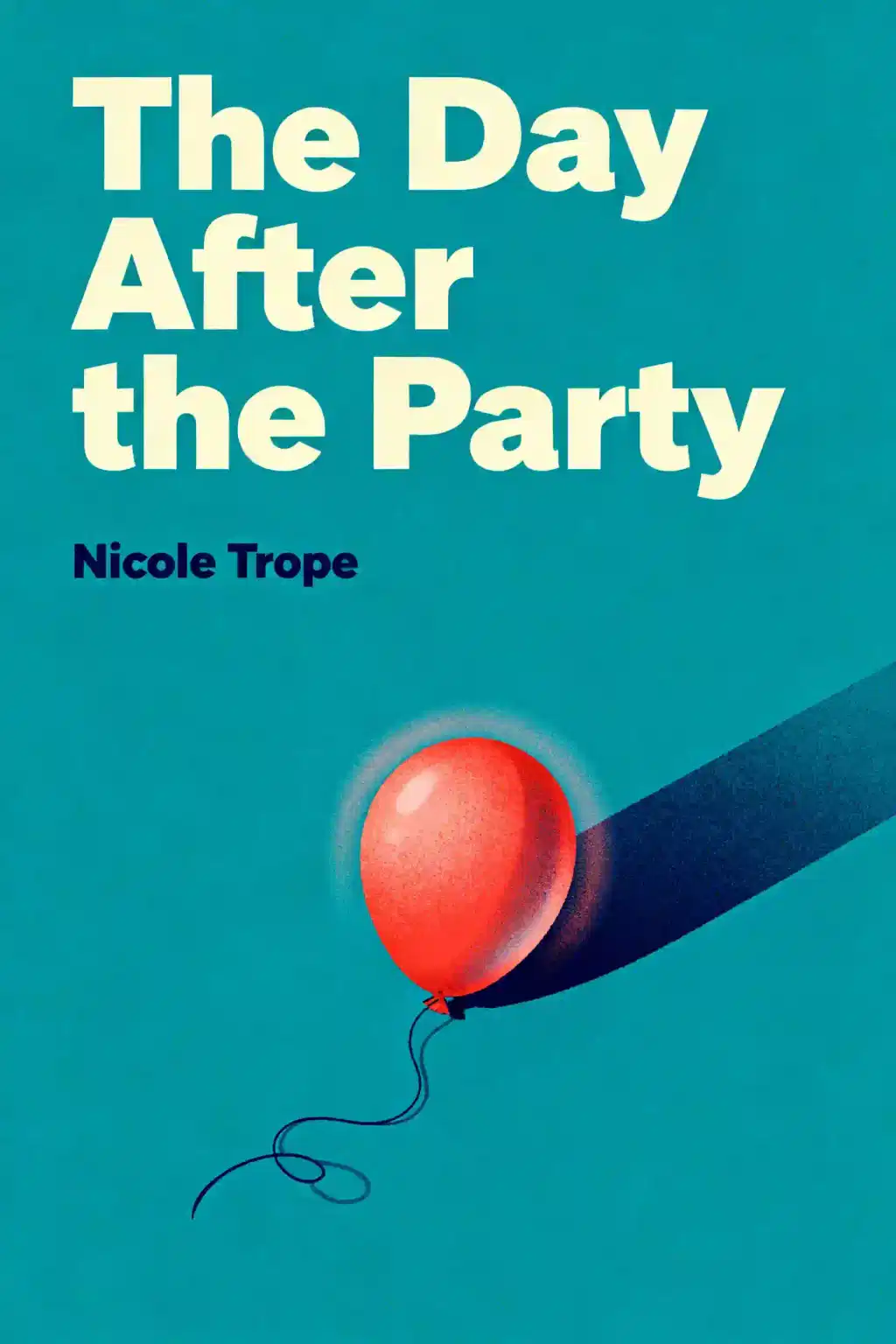What is Bulfinch's Mythology about?
Bulfinch's Mythology by Thomas Bulfinch is a comprehensive collection of Greek, Roman, Norse, Celtic, and medieval European myths and legends. The book compiles three separate volumes—The Age of Fable (1855), The Age of Chivalry (1858), and Legends of Charlemagne (1863)—into a single reference work. It covers stories of Zeus, Hercules, King Arthur, Thor, and other legendary figures, making classical mythology accessible to everyday readers by explaining how these tales connect to literature and art.
Who was Thomas Bulfinch and why did he write this book?
Thomas Bulfinch (1796-1867) was an American bank clerk at the Merchants' Bank of Boston who wrote Bulfinch's Mythology during his leisure time. His goal was democratizing classical education by making mythology accessible to ordinary readers who lacked knowledge of ancient languages. Bulfinch believed that "without a knowledge of mythology much of the elegant literature of our own language cannot be understood and appreciated," so he aimed to tell these stories as both educational tools and sources of amusement.
Who should read Bulfinch's Mythology?
Bulfinch's Mythology is ideal for students, literature enthusiasts, and anyone seeking a foundational understanding of classical mythology and medieval legends. It's particularly valuable for readers who want to understand mythological references in poetry and literature, as Bulfinch cross-references works by authors like Keats, Shelley, and other Victorian writers. The book suits both casual learners looking for entertaining retellings and serious students needing a comprehensive reference guide to Western mythological traditions.
Is Bulfinch's Mythology worth reading in 2025?
Bulfinch's Mythology remains a valuable reference despite being written in the 1850s-1860s, offering comprehensive coverage of Greek and Roman myths in readable prose. However, readers should recognize its Victorian-era limitations: the language can feel dry, content is sanitized to remove excessive violence and sexuality, and non-Western mythologies receive minimal coverage. While Edith Hamilton's Mythology has largely superseded it, Bulfinch's work provides unique historical context and remains an indispensable guide to understanding nineteenth-century cultural values and literary allusions.
What are the three parts of Bulfinch's Mythology?
Bulfinch's Mythology consists of three distinct sections published separately before being combined posthumously. The Age of Fable (1855) covers Greek and Roman gods and heroes like Zeus, Hercules, and Ulysses. The Age of Chivalry (1858) presents Arthurian legends, including King Arthur, his Knights of the Round Table, and Robin Hood. Legends of Charlemagne (1863) recounts medieval tales of Charlemagne, his Paladins, and their exploits across France, Germany, and Africa.
What myths and legends are covered in Bulfinch's Mythology?
Bulfinch's Mythology covers an extensive range of Western mythological traditions. Greek and Roman myths dominate, featuring Zeus, Hera, Venus, Adonis, Apollo, the Trojan War, and the wanderings of Ulysses and Aeneas. Norse mythology includes Thor, Valhalla, and Beowulf, while Celtic traditions appear through the Mabinogeon. Medieval legends feature King Arthur, Richard the Lionhearted, Robin Hood, Charlemagne, and Orlando. The book also touches briefly on Hindu, Buddhist, and Oriental mythologies, though these receive limited coverage.
What sources did Thomas Bulfinch use for his mythology collection?
Thomas Bulfinch primarily drew from Ovid's Metamorphoses and Virgil's Aeneid for Greek and Roman myths, meaning he used later Roman versions rather than original Greek sources. For Norse sagas, he relied on Mallet's Northern Antiquities. This approach meant Bulfinch's retellings sometimes differed from earlier Greek versions but remained consistent with the Latin classics that influenced later English poetry and literature. Bulfinch extensively cross-referenced these myths with Victorian-era literature and art to demonstrate their cultural relevance.
Why did Thomas Bulfinch include so many literary quotations?
Thomas Bulfinch interwove myth-related quotations from familiar poetry throughout his narratives to attract readers and demonstrate mythology's relevance to English literature. His pedagogical approach showed ordinary Victorian readers how classical myths appeared in works by Keats, Shelley, and other poets they might encounter. By cross-referencing mythology with contemporary literature and art, Bulfinch helped readers understand allusions they met daily, fulfilling his mission to make these stories both educational and entertaining while proving that "mythology is the handmaid of literature".
What are the main criticisms of Bulfinch's Mythology?
Critics note that Bulfinch's Mythology suffers from dry, straightforward language that diminishes the excitement of inherently dramatic stories. The Victorian author sanitized content by omitting excessive violence and overt sexual material, making the myths less authentic. Bulfinch confusingly alternates between Greek and Roman deity names (Jupiter/Zeus, Mars/Ares), complicating comprehension. The book severely emphasizes Greek and Roman traditions while giving only abbreviated treatment to Norse, Celtic, Hindu, Buddhist, and Oriental mythologies. These reflect Victorian-era prejudices and educational priorities rather than comprehensive coverage.
How does Bulfinch's Mythology compare to Edith Hamilton's Mythology?
While Bulfinch's Mythology dominated for nearly a century, Edith Hamilton's Mythology has largely superseded it as the standard reference. Bulfinch draws primarily from Roman sources (Ovid and Virgil), making his versions less accurate to original Greek myths, whereas Hamilton consulted more diverse classical sources. However, Bulfinch uniquely cross-references Victorian literature and provides fascinating insights into nineteenth-century cultural values. Bulfinch also covers medieval legends like King Arthur and Charlemagne, which Hamilton omits. Readers seeking Greco-Roman authenticity prefer Hamilton, while those interested in literary context value Bulfinch.
How accurate is Bulfinch's Mythology to original Greek sources?
Bulfinch's Mythology is not entirely accurate to original Greek sources because Thomas Bulfinch relied primarily on Roman retellings—specifically Ovid's Metamorphoses and Virgil's Aeneid—rather than earlier Greek texts like Homer and Sophocles. These Roman versions sometimes differed slightly or significantly from original Greek myths. However, this approach makes Bulfinch consistent with later English poetry and literature, which also drew from Latin classics. The book prioritizes accessibility and literary relevance over archaeological accuracy, making it better suited for understanding Victorian literature than ancient Greek culture.
Why is Bulfinch's Mythology considered groundbreaking for its time?
Bulfinch's Mythology was groundbreaking because Thomas Bulfinch became the first author to make classical mythology accessible to ordinary people without formal education in ancient languages. Before the 1850s, these myths remained largely unknown to average readers who couldn't read Greek or Latin. Bulfinch's democratic educational ideals drove him to translate and contextualize these stories during his limited leisure time as a bank clerk. His public-spirited approach opened previously elite knowledge to mass audiences, establishing a template for popular mythology collections that continues influencing how we learn these stories over 150 years later.














